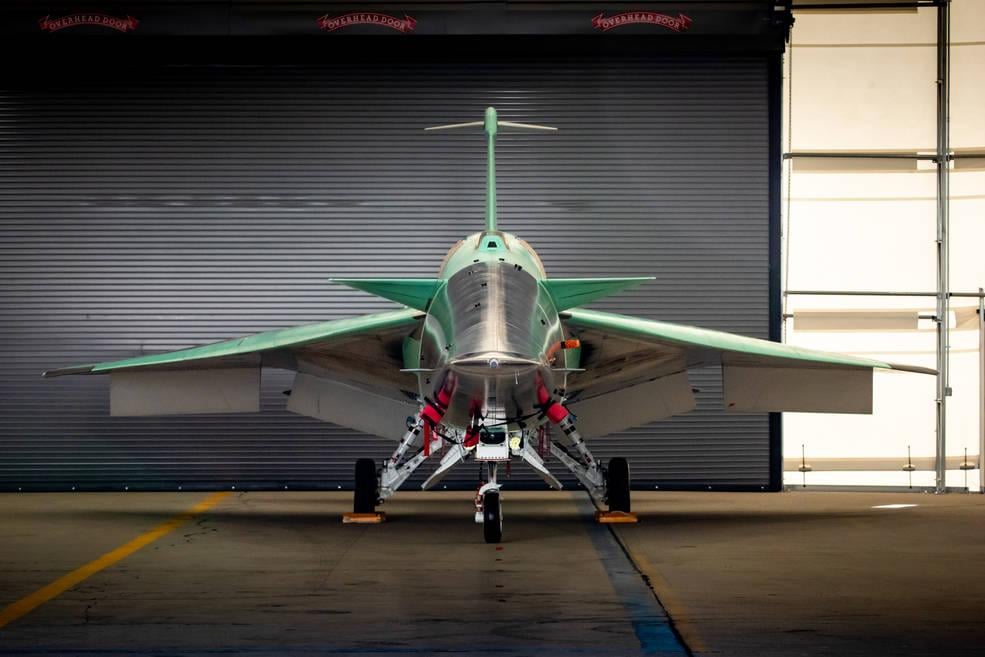
X-59
Credit: Lockheed Martin
COLORADO SPRINGS—NASA says it is still too soon to know if a recently discovered series of subsystem issues with the X-59 low-boom supersonic demonstrator may jeopardize agency plans to begin flight tests later this year. NASA says the problems, which were uncovered during system checkout tests at...
Subscription Required
This content requires a subscription to one of the Aviation Week Intelligence Network (AWIN) bundles.
Schedule a demo today to find out how you can access this content and similar content related to your area of the global aviation industry.
Already an AWIN subscriber? Login
Did you know? Aviation Week has won top honors multiple times in the Jesse H. Neal National Business Journalism Awards, the business-to-business media equivalent of the Pulitzer Prizes.





